3 Lard Substitutes That Work Well in Tamales
Lard has long been prized in traditional tamale recipes for its ability to create tender, flaky dough with rich flavor.
When lard isn’t available, several substitutes can replicate its fat content and texture.
Vegetable shortening, butter, or even coconut oil can be used to achieve similar results, each bringing subtle differences in taste and consistency.
Some alternatives may alter the flavor slightly but still produce moist, pliable masa dough.
Choosing the right substitute depends on dietary preferences and availability.
These options ensure your tamales stay authentic in texture and delicious in flavor, even without lard.
Discover which fats work best for perfect tamales every time.
Lard Alternatives for Authentic Tamale Making
Tender, rich texture can still be achieved with lard alternatives for tamale making, some offering a plant-based twist. Authentic flavor is easy to preserve. Plenty of options could suit your kitchen.
Butter
Butter stands as the top choice when replacing lard in cooking, with unsalted varieties working best unless a recipe says otherwise.
The swap generally works well, though some dishes may taste slightly different since lard creates those perfectly flaky pie crusts many bakers love.
For best results, use 1¼ cups of butter to replace each cup of lard in your recipes, making small adjustments to maintain the original flavor and texture.
Most home cooks find this substitution straightforward, and the butter adds a rich, familiar taste that many people prefer over traditional lard.
Simply adjust the amount based on your specific recipe needs, and soon the switch will become second nature in your kitchen.
Vegetable Shortening
Vegetable shortening stands as an excellent replacement for lard in tamales, perfectly mimicking the traditional ingredient with nearly identical fat content.
Most recipes work well with a simple 1:1 substitution, though adding two extra tablespoons often yields the best results for authentic-tasting tamales.
When frying, shortening outperforms butter because of its higher smoke point and lower water content, which means less dangerous splattering in your kitchen.
Many people across America keep vegetable shortening in their pantry without fully understanding its composition, despite its widespread availability.
Oil
Lard substitutes in tamales include various oils, with vegetable oil being the most popular replacement at a ratio of 7/8 cup for every cup of lard.
Coconut oil works equally well with a one-to-one substitution, though it does add a subtle coconut flavor that might complement or clash with your recipe depending on personal taste.
Olive oil can also replace lard in equal measurements, offering a different flavor profile while maintaining similar functionality in the dough.
These oil substitutes typically cause tamale dough to spread more during cooking due to their different fat compositions.
Why Does Lard Play a Key Role in Achieving Tamale Masa’s Fluffy Texture?
Lard is prized in tamale masa because of its unique fat composition and ability to create a light, fluffy texture. Its high saturated fat content helps trap air during the mixing process, resulting in masa that rises and holds moisture well.
This produces a tender crumb that is neither dense nor gummy. Additionally, lard’s flavor enhances the traditional taste of tamales, providing richness that complements the corn masa and fillings.
Is It Necessary to Change Steaming Time When Using a Different Fat Alternative Source of Lard?
Steaming time usually depends on masa thickness and filling moisture rather than fat type, but minor adjustments may be needed:


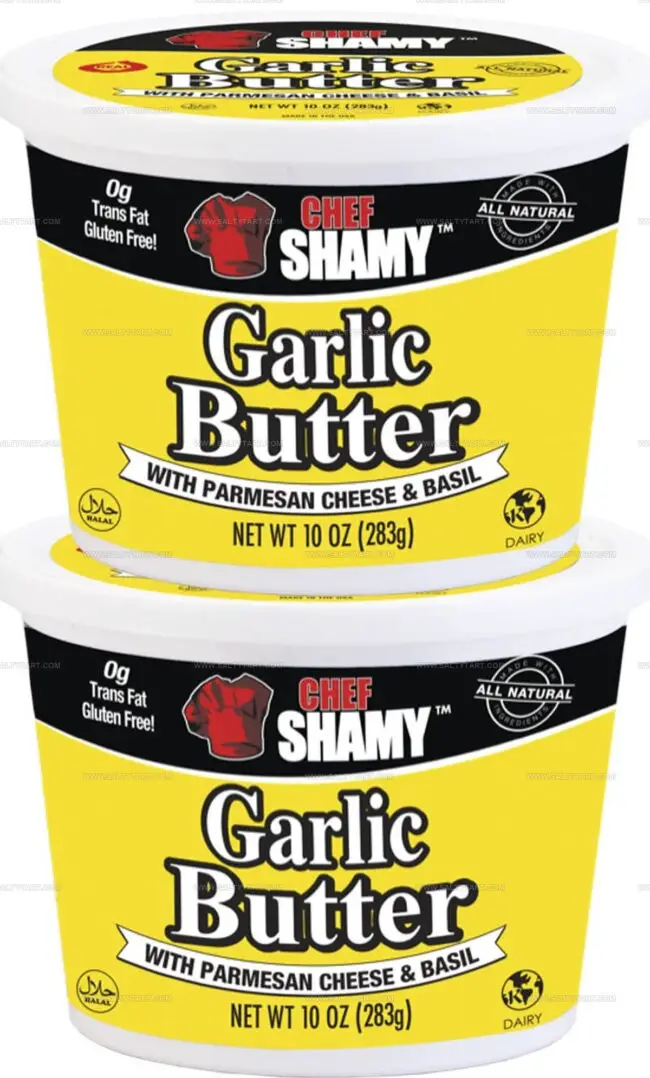
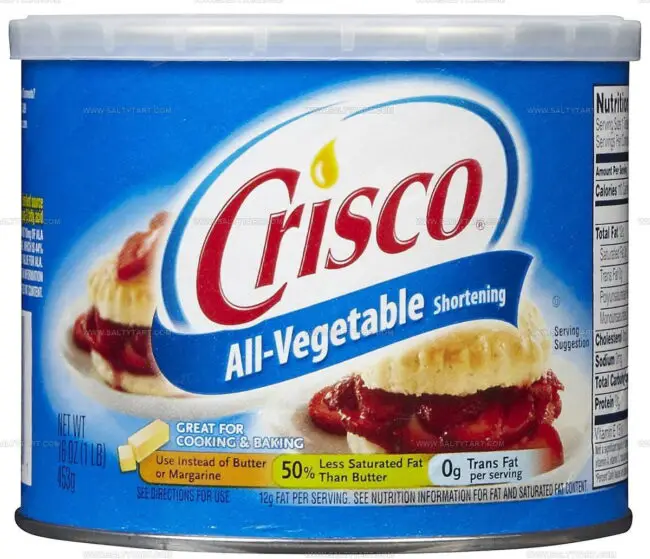
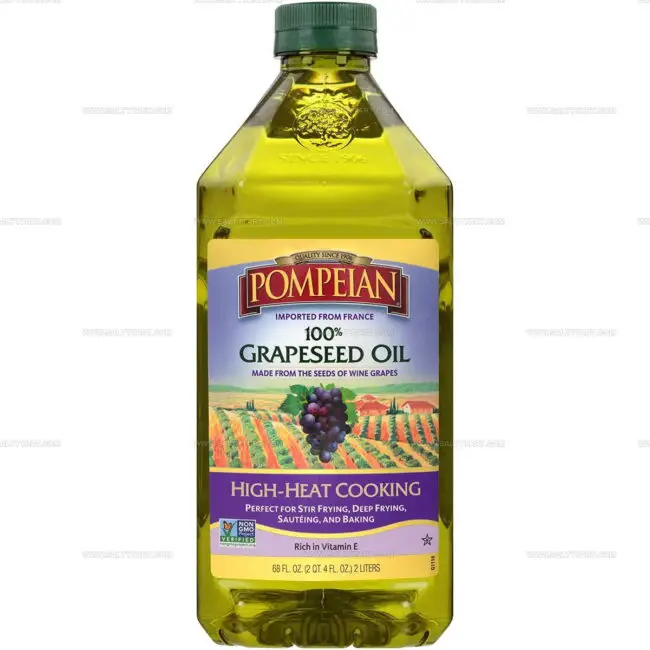
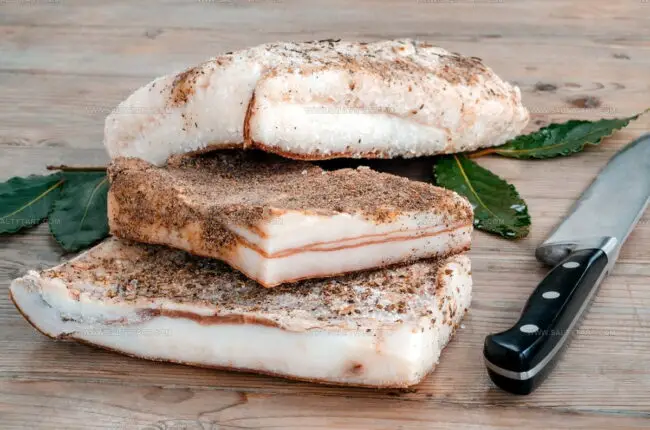
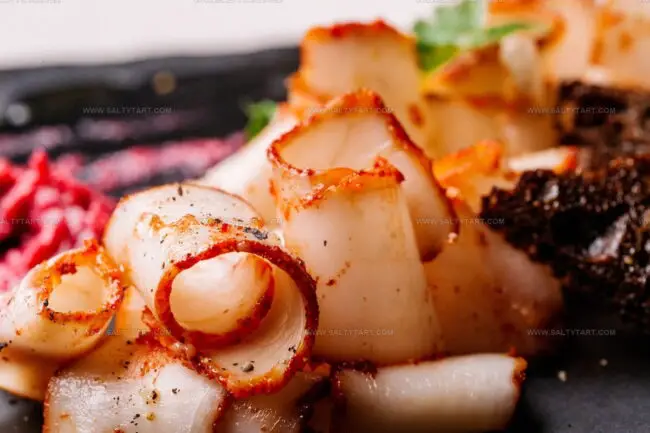
Mike Reynolds
Founder & Recipe Developer
Expertise
Farm-to-table cuisine, Seasonal recipe development, Sustainable cooking techniques, Food photography
Education
Asheville-Buncombe Technical Community College (A-B Tech)
Associate Degree in Culinary Arts
Mike studied culinary arts with a strong focus on farm-to-table principles and sustainable cooking. His training emphasized the importance of fresh, local ingredients and environmentally responsible practices in the kitchen.
Mike’s food journey began deep in the Blue Ridge Mountains, where weekends at farmers’ markets and home-cooked meals sparked a lifelong obsession with simple, seasonal eating.
After earning his Associate Degree in Culinary Arts from Asheville-Buncombe Technical Community College, he set out to bring farm-to-table cooking into everyday kitchens, without the fuss.
Mike’s philosophy is all about keeping it fresh, unfussy, and full of heart. When he’s not crafting new single-serving recipes, he’s hiking mountain trails, chatting with local farmers, or experimenting with wild ingredients in his backyard kitchen.